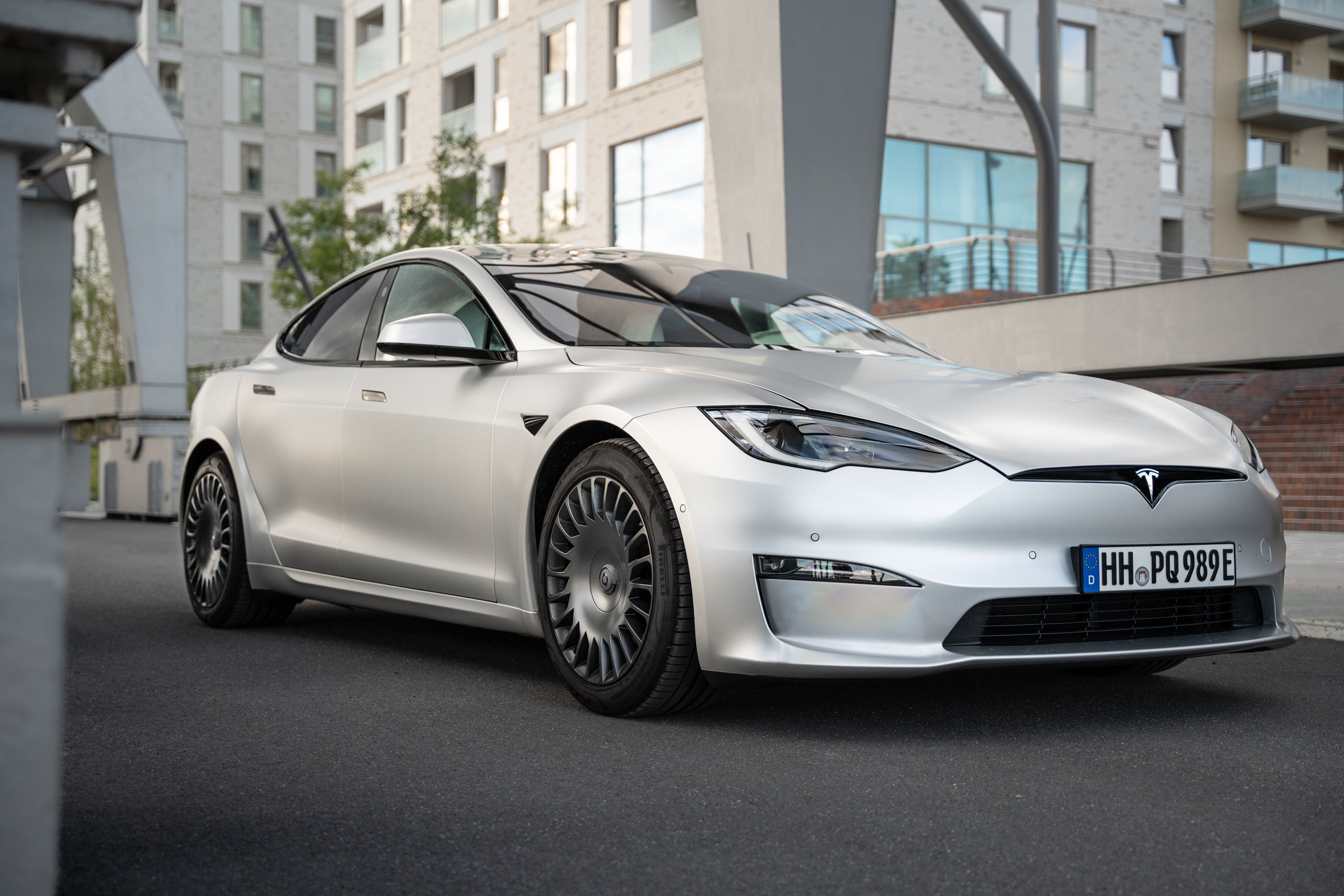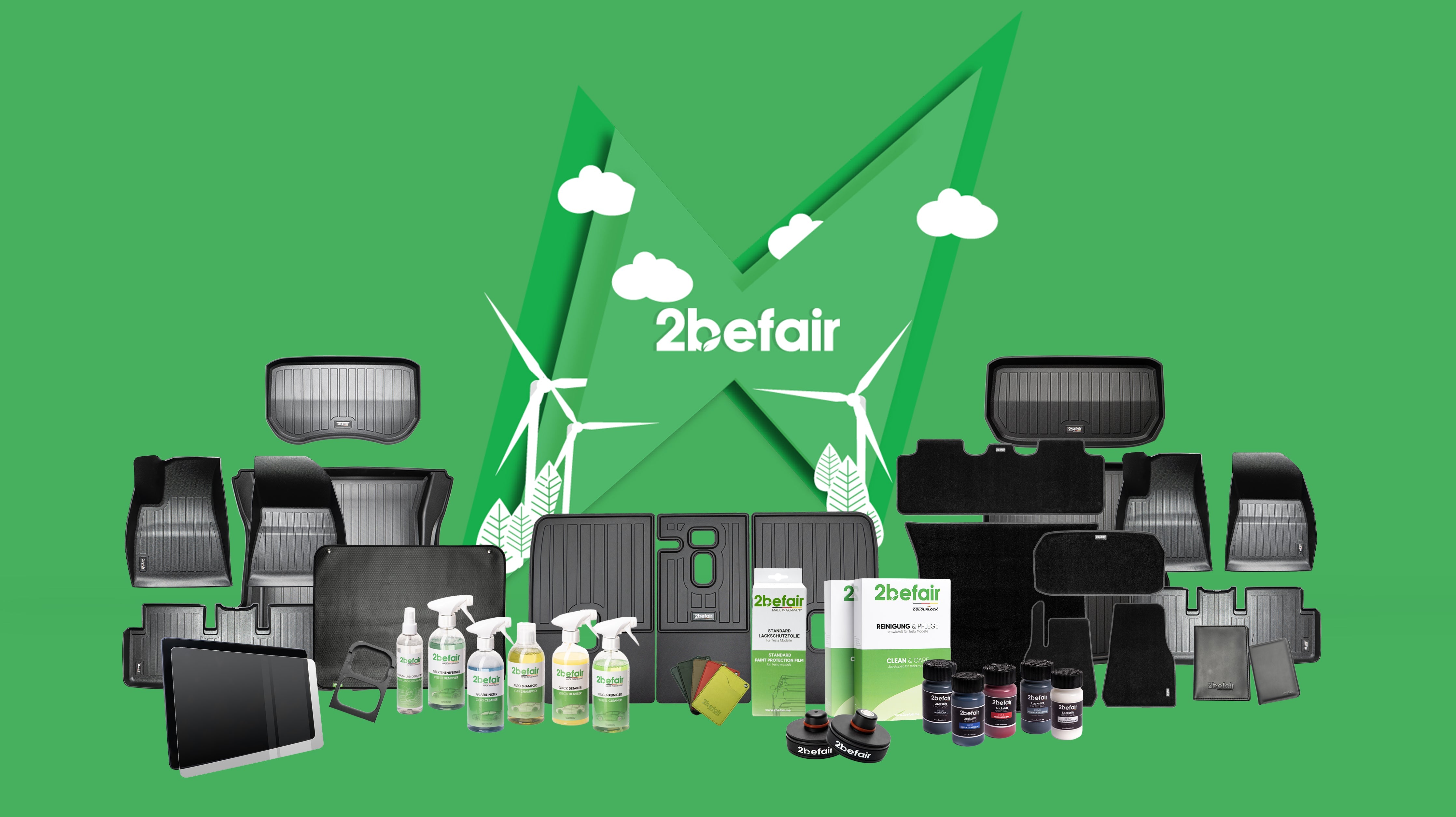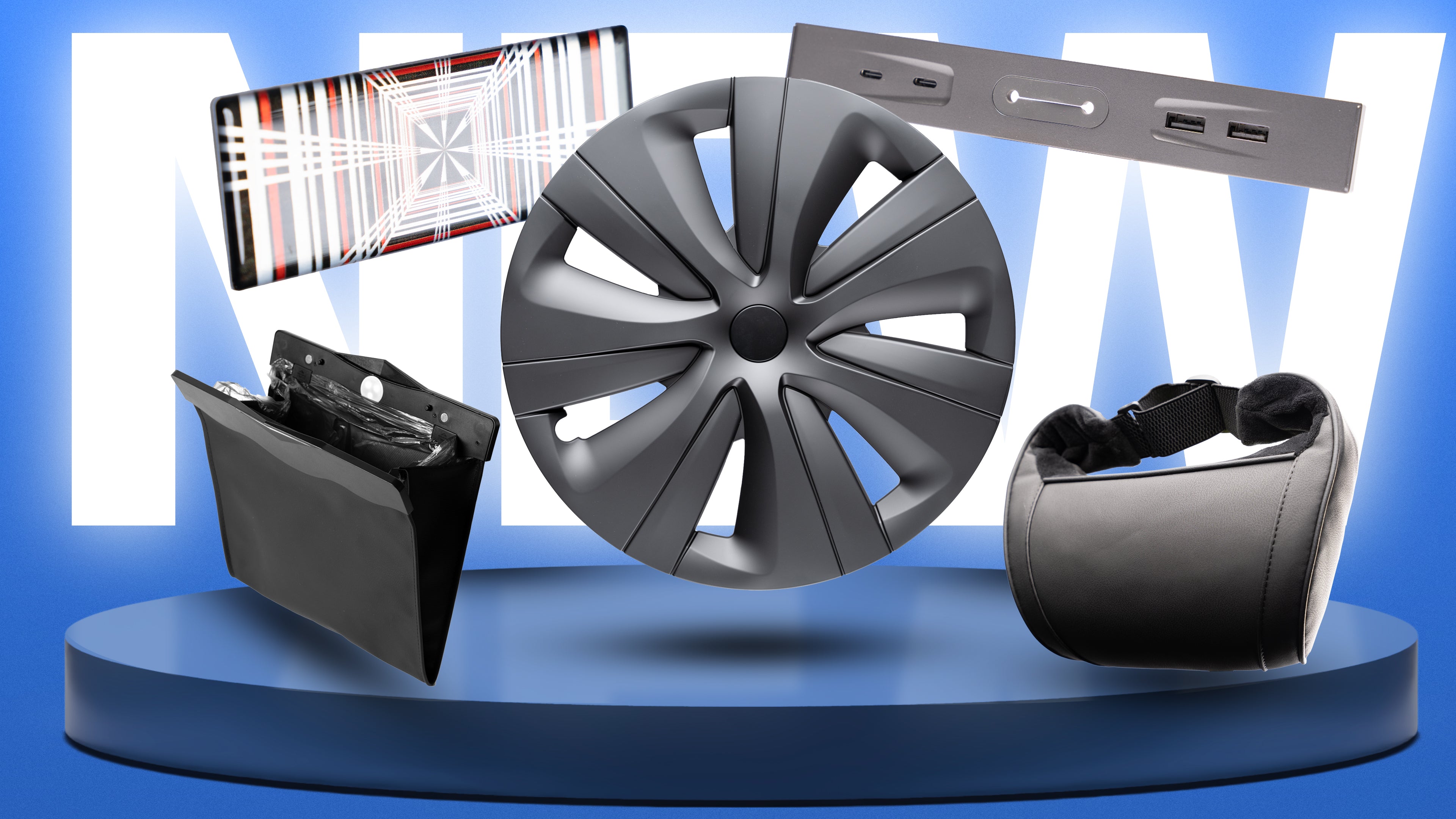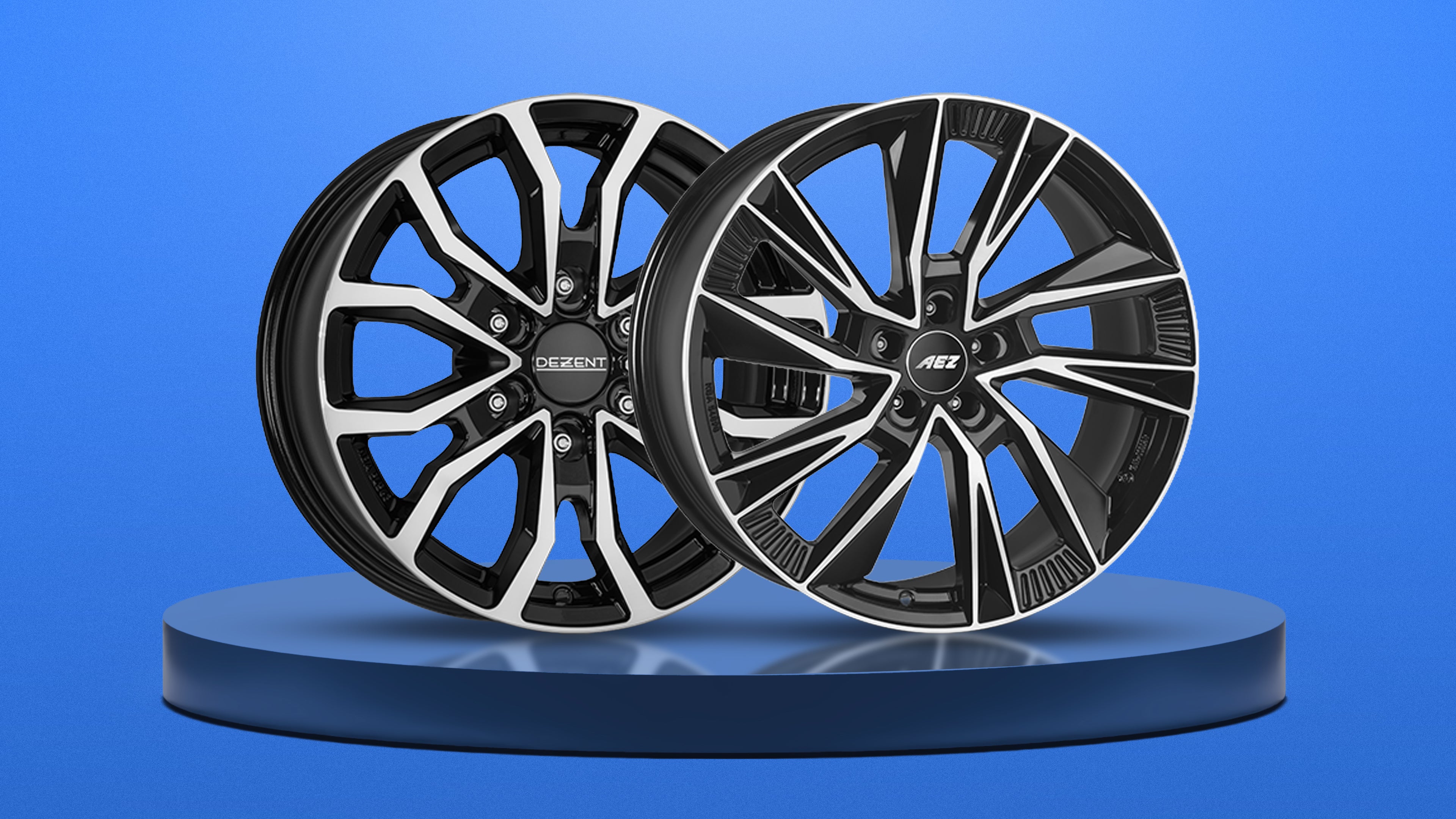The cold winter months sometimes greatly reduce the range of electric cars. This is due on the one hand to the nature of the batteries, whose comfort temperatures are in the range between 20 and 40 degrees, and on the other hand to heating systems for the battery, interior, and seat and steering wheel heating. Winter tires also contribute to increased consumption. On average, consumption is 20 to 30 percent higher in winter.
Every winter, a Norwegian electric car association tests how much low temperatures affect the various electric vehicles and how the difference between the actual range and the range stated by the manufacturer turns out. In this year's range and efficiency test, which is one of the most comprehensive to date with 29 electric car models, Tesla made the competition look pretty old, especially with the Model S.
The annual Norwegian winter range test repeatedly shows how much the actual range in winter deviates from the manufacturer's specified WLTP range. On the circuit that the tested electric cars completed between the Norwegian cities of Oslo and Hjerkinn, the Tesla Model S was the only vehicle to manage a distance of 530 kilometers at temperatures between -5 and -10 degrees - and thus achieved a winter range record. This corresponds to a deviation of 16.4 percent compared with the specified WLTP range of 634 kilometers.
The Mercedes EQE achieved only 409 kilometers of the promised 614 kilometers in Norway, which corresponds to a deviation of 33.39 percent. The situation is similar for BMW. The i7 xDrive60 managed 424 kilometers instead of the promised 595 (deviation: 28.74 percent). A detailed list of all test vehicles can be found on the Norwegian site Engine.
Source: motor.no


































